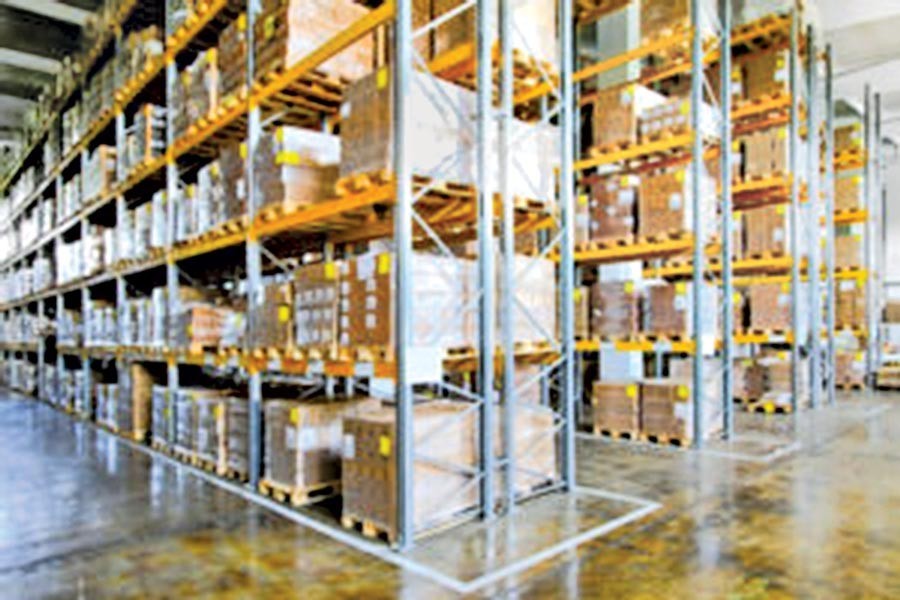Expansion of bonded warehousing facility for readymade garment (RMG) factories, though belated, is an encouraging move. The decision of the National Board of Revenue (NBR) that came through a circular late this week is expected to significantly cut down the time-lag in importing raw materials for export processing while also enabling the exporters to obtain more export orders. For quite sometime, garment exporters were demanding bond facility for multiple factories of each company under a single bond licence. It was in 2008 that two units of a garment exporting company were allowed to operate with one bond licence, but that did not seem enough for big companies to cater to the growing demand. Now, as per the NBR circular, one bonded-warehouse licence can be used for importing duty-free raw materials by three active factories/units of an exporting company. The benefit to be accrued from the relaxation is clear enough. When a factory becomes larger, the exporter has to open multiple units, employ more manpower and needs bond facility for more units. Many exporters are reportedly finding it difficult to expand their businesses due to restricted bond facility.
Bonded warehousing is a service that allows exporters to import and store their raw materials without payment of customs duties for a certain period of time until these are used in the manufacture of products exported. Bonded warehousing in Bangladesh was instrumental in bringing much of the vigour and dynamism that the country's export sector needed badly. Since the mid-eighties when garment export began to indicate signs of promise, bonded warehousing was one of the key mechanisms along with back-to-back letter of credit that succeeded in materialising the potential much to the satisfaction of the government and the exporters. However, the fact remains that since its introduction decades ago, its scope has not widened despite repeated requests from exporters of other products.
At present the facility is applicable to garment and shipbuilding industries as well as units of packaging materials, cartons, labels, poly-bags, buttons and hangers. There have been demands in recent times from export oriented motorcycle and footwear manufacturers, among others, for allowing them bond facility. From NBR's perspective, it has been said that in the absence of an automated bond regime, the bond facilities cannot be widened further for more exporting sectors, as they fear, under the prevailing system, things may not work efficiently and transparently.
There are instances of misuse, even gross misuse of the bond system. The reason bonded warehousing had earned infamy was because of the flouting of rules on the one hand and on the other, alleged collusion between a section of the business community and some corrupt officials responsible for overseeing and regulating the system in line with the procedures. Concerned quarters blame lack of automation as the main reason. It is not known how far the works on automation have progressed, or how long will it take for completion. Industry insiders are concerned that it is taking much too long. A foolproof automated bond system is thus crucial not only for facilitating garment export but also for creating avenues for other prospective export products to flourish.


